Top Things to Know Before Buying a Garden Room: A Comprehensive Guide to Costs
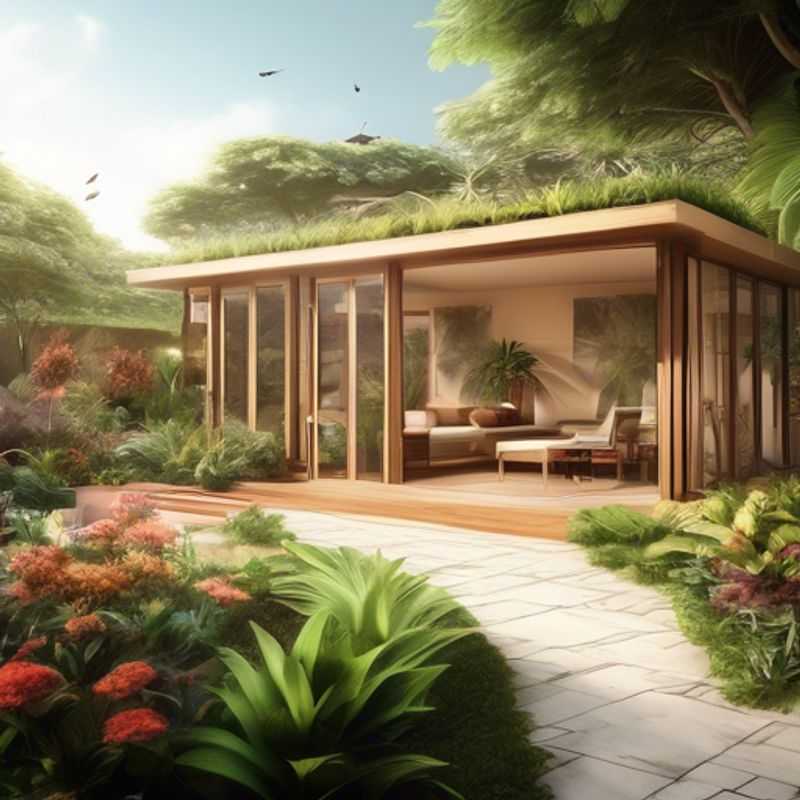
Decoding the Garden Room Cost: Essential Considerations Before You Build
Building a garden room is an exciting project, adding valuable space and enhancing your home's appeal. But before diving into the exciting world of design, it's vital to understand the financial aspects of your endeavor. Here's a breakdown of key considerations for garden room costs:
1. Understanding the Variety: There's a diverse range of garden rooms to choose from, each with its own style and cost implications.
Log cabins offer a traditional, rustic charm, often more affordable than other options. Modular structures are pre-built, requiring less on-site construction, potentially saving time and labor costs. Bespoke designs allow for personalized customization, offering limitless creative possibilities, but may come at a premium.
2. Local Market Research: To get a realistic idea of the cost, research the average price per square foot for garden rooms in your area. This will give you a baseline for budgeting your project.
3. Additional Expenses: Remember, the garden room cost extends beyond the structure itself. Factor in essential additional expenses like:
- Site preparation: Leveling the ground, clearing debris, and installing drainage systems.
- Foundations:
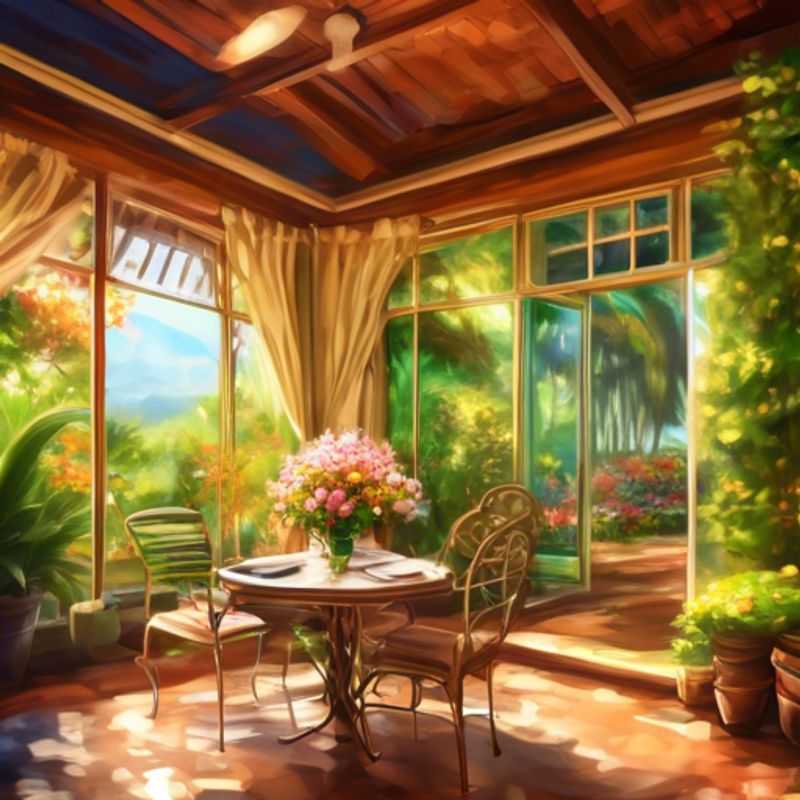
Your Garden Oasis: Unveiling the World of Log Cabins, Modular Structures, and Bespoke Designs
Planning a garden room? The first step is deciding on the type that best suits your needs. Let's explore the options: log cabins, modular structures, and bespoke designs.
Log cabins are a classic choice, known for their rustic charm and durability. They're typically constructed from pre-cut timber panels and offer a cozy atmosphere. Bear in mind, they often require more maintenance than other options.
Modular structures offer a faster and more cost-effective build. They're prefabricated panels that are assembled on-site, minimizing disruption. They come in various styles and sizes, providing flexibility.
Bespoke designs allow for complete customization to your exact specifications. This means you can tailor the size, layout, and features to your preferences. While the price may be higher, you'll end up with a unique space perfectly suited to your needs.
When considering your garden room project, remember to factor in the cost of foundations, insulation, and any required planning permissions. Professional installation is usually recommended, especially for complex designs.
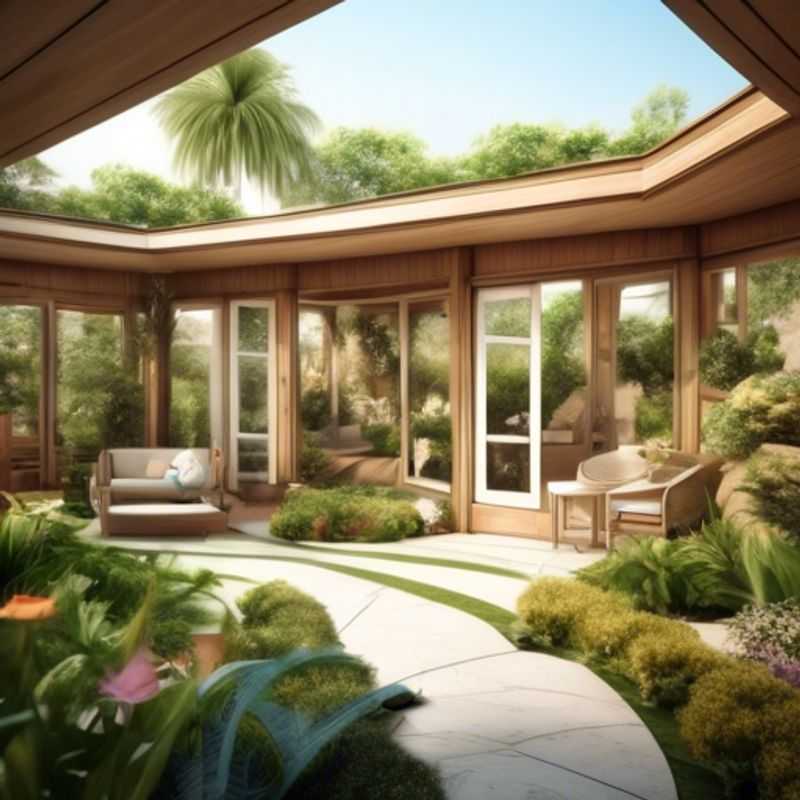
Garden Room Costs: A Square Foot Perspective
Researching the average cost per square foot for garden rooms in your local area is crucial for budget planning. It's a good idea to consult multiple sources to get a well-rounded estimate. You'll find that prices can vary significantly depending on factors like:
Size: Larger garden rooms naturally cost more per square foot.
Materials: High-end materials like cedar wood or composite decking will increase the cost compared to more affordable options like pressure-treated wood.
Features: Adding extras like electricity, heating, plumbing, and insulation will drive up the price. Think about whether you want a basic room or a more elaborate space.
Location: Building regulations, labor costs, and material availability can differ by region. Check with local contractors to get an accurate idea.
Construction method: A garden room built from scratch using traditional techniques will likely cost more than a prefabricated kit.
Keep in mind that labor costs often represent a significant portion of the overall price. It's essential to factor in the cost of professional installation if you're not planning to DIY.
Get multiple quotes from reputable builders or contractors to compare prices and find the best value for your needs. And don't forget to consider any permits or inspections required in your area.
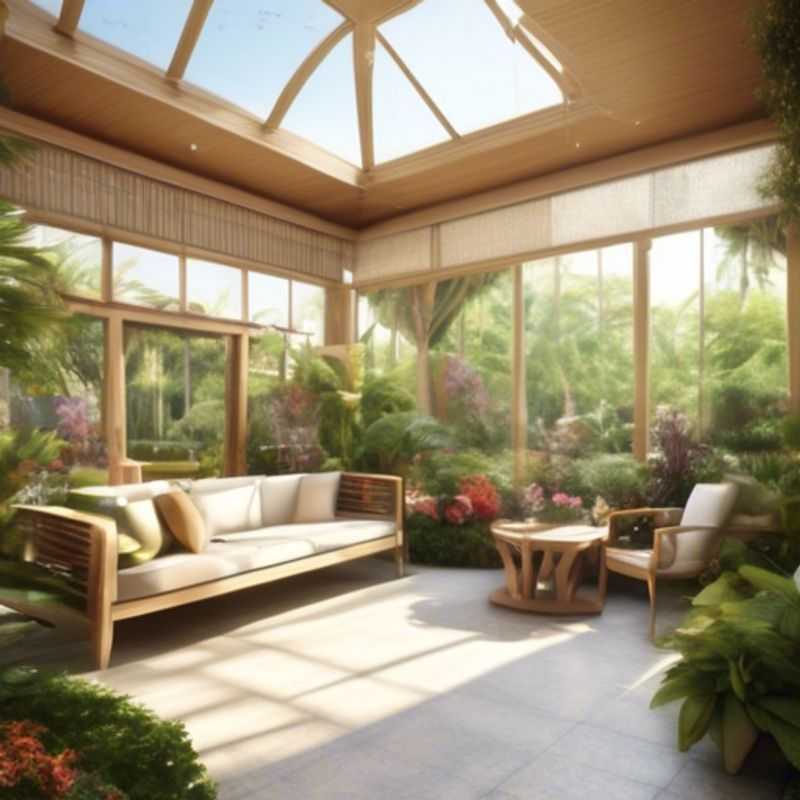
Beyond the Base Price: Hidden Costs in Construction Projects
When planning a project involving Factor in additional costs like site preparation, foundations, electrical and plumbing work, and installation, it's crucial to factor in additional costs beyond the initial estimates. These costs can add up quickly, impacting your budget and project timeline. To prevent surprises, consider these vital elements:
Site Preparation: This encompasses tasks like clearing the area, grading the land, and removing existing structures. The cost will vary depending on the size and complexity of the site. You might also need to consider permits and inspections for soil testing or environmental assessments.
Foundations: The foundation is the bedrock of your project, so it's crucial to get it right. The type of foundation required (e.g., concrete slab, crawl space, basement) will influence the cost. Excavation, concrete pouring, and reinforcement all add to the expenses.
Electrical and Plumbing Work: These services are often underestimated. Electrical work includes installing wiring, outlets, and lighting fixtures. Plumbing work involves installing pipes, fixtures, and drainage systems. The cost varies based on the scope of work and the materials used.
Installation: Installation costs cover the labor and materials needed to assemble and install the main components of your project. This can include carpentry, roofing, siding, and window and door installation. You'll need to factor in the expertise of the installation team and the materials used.
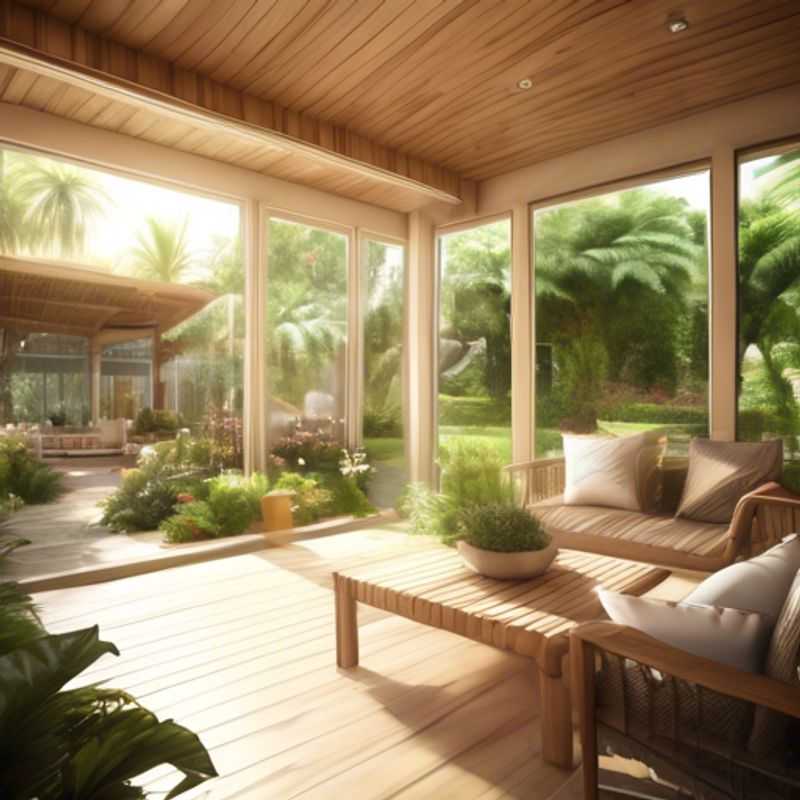
Navigating the Regulations: Planning Permission and Building Regulations for Your Garden Room
Before starting your garden room project, understand the planning permission and building regulations requirements. This ensures a smooth and legal construction process.
Planning Permission: In most cases, a garden room doesn't require planning permission if it meets certain criteria, like size and location. However, it's best to check with your local planning authority to confirm. They have specific requirements for each area, including size restrictions and distance from boundaries. Consider factors like the size of your garden and the proximity of your neighbors.
Building Regulations: Even if your garden room doesn't need planning permission, it must comply with building regulations. This involves factors like fire safety, structural stability, and energy efficiency. It might require building control inspections throughout the construction process, including an inspection before the project begins, and one on completion.
Fees: There are fees associated with planning permission and building regulations. These can vary depending on the size of your project and the specific requirements of your local authority. It's important to factor these costs into your budget.
Professional Help: If you're unsure about any of the requirements, it's recommended to consult with a professional, like an architect or a building surveyor. They can provide expert advice and help you navigate the process. Their fees are an important factor in your budget.
Remember: Planning permission and building regulations are essential for a successful garden room project. It ensures compliance, safety, and avoids potential legal issues. For detailed information, check your local council's website or contact them directly. This information is a general guide; always consult with your local authority for specific requirements.
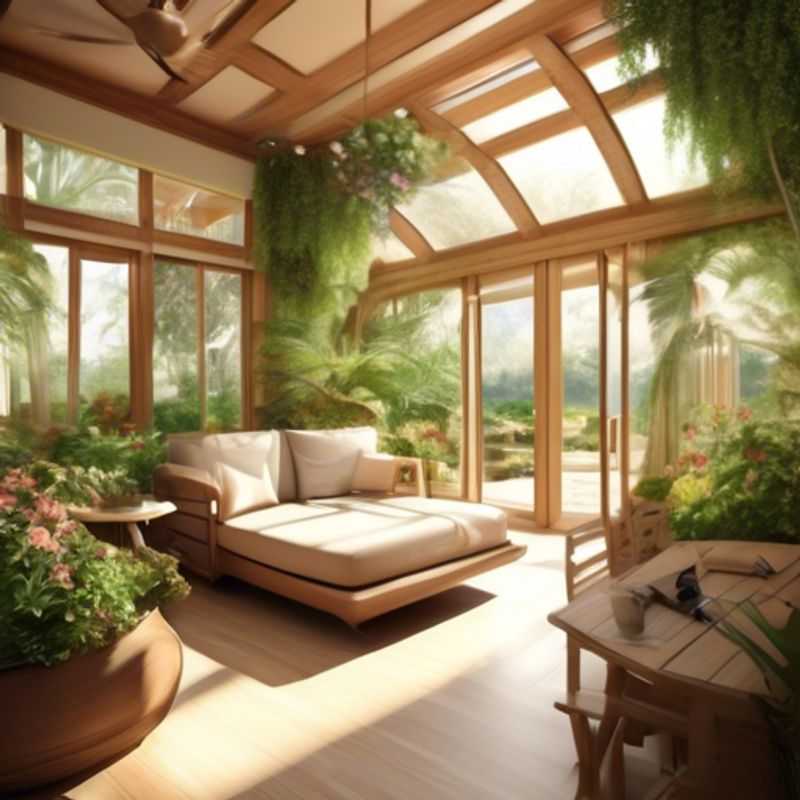
Financing Your Dreams: Exploring Loans and Leasing to Spread the Cost
When you’re ready to invest in new equipment or technology, financing options like loans or leasing can be a great way to spread the cost over time. Both options have their own pros and cons, so it’s important to understand what each entails before making a decision.
Loans are a good choice for those who want to own the equipment outright, but they require regular payments and interest charges. Leasing, on the other hand, allows you to use the equipment for a fixed period without owning it, which can be more budget-friendly in the short term. However, you'll be paying for the use of the equipment, and you may not have the option to purchase it at the end of the lease term.
When considering your financing options, it’s crucial to factor in the total cost of ownership, including interest rates, monthly payments, maintenance costs, and any other fees associated with the financing. It’s also important to research different lenders or leasing companies to compare rates and terms. Don’t be afraid to shop around and find the best deal for your needs!
Ultimately, the best financing option for you will depend on your specific financial situation and business needs. By carefully considering your options and researching your choices, you can make an informed decision that will help you acquire the equipment you need to grow your business.
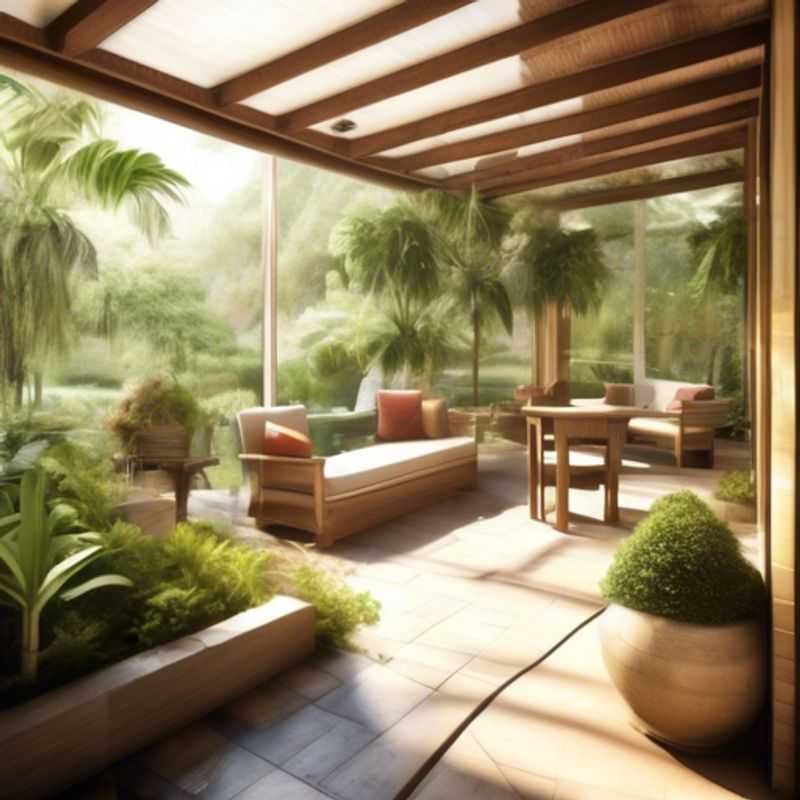
Prioritizing Energy Efficiency: Saving Money and the Planet with Smart Home Features
Prioritizing energy efficiency features in your home or office is crucial for minimizing ongoing utility bills. By investing in energy-efficient appliances, insulation, and lighting, you can significantly reduce your monthly expenses. Key areas to focus on include:
1. Energy-Efficient Appliances: Look for appliances with the ENERGY STAR label, which indicates they meet strict energy efficiency guidelines. These may include refrigerators, washing machines, and HVAC systems.
2. Insulation and Sealing: Proper insulation in walls, attics, and basements helps maintain temperature, reducing heating and cooling costs. Sealing cracks and gaps around windows and doors also prevents energy loss.
3. Smart Thermostats: Implementing a smart thermostat allows you to optimize heating and cooling schedules, which can lead to significant savings. They can adjust temperatures based on your daily routine.
4. Energy-Efficient Lighting: Switching to LED bulbs can reduce lighting costs by up to 75%. They last longer and use less energy than traditional incandescent bulbs.
5. Renewable Energy Sources: Consider installing solar panels or wind turbines. Although initial costs can be high, they often lead to long-term savings on utility bills and may qualify for tax incentives.
6. Regular Maintenance: Ensure that your heating and cooling systems are regularly maintained to operate efficiently. This includes changing filters and scheduling annual check-ups.
When estimating a plan for prioritizing energy efficiency features, consider the following paid activities:
- Home Energy Audit: Hiring a professional to assess your home’s energy use can identify areas for improvement.
- Upfront Costs: Budget for the purchase of energy-efficient appliances and installation of insulation or renewable energy systems.
- Incentives and Rebates: Research available local, state, or federal incentives that can offset initial investment costs.
By focusing on these key areas, you can effectively reduce utility bills while contributing to a more sustainable future.
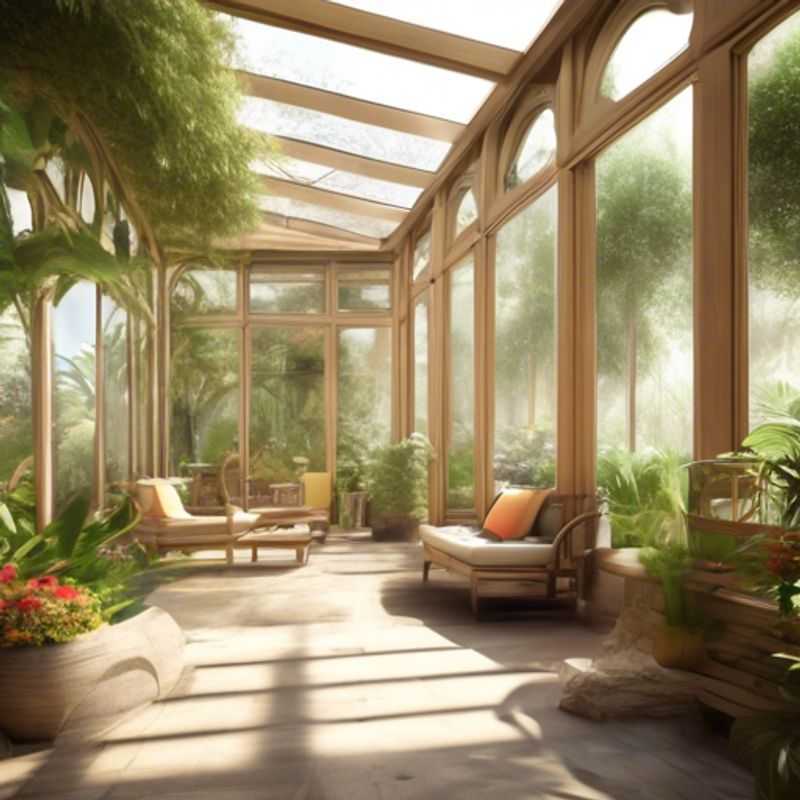
Budgeting for Garden Room Bliss: Furnishing and Decorating Your Outdoor Oasis
Furnishing and decorating a garden room is an exciting project, but it's essential to allocate your budget wisely. Here's a breakdown to help you plan:
Furniture: This is the biggest expense. Consider your desired functionality: seating, dining, relaxing, working. Factor in the size of the room and choose pieces accordingly. You'll likely need a sofa, chairs, a coffee table, and potentially a dining table and chairs, depending on your needs.
Lighting: Essential for ambiance and functionality. Choose a combination of ambient, task, and accent lighting. Overhead fixtures, lamps, and even outdoor string lights can create a cozy and inviting space.
Flooring: Think about practicality and style. Carpeting is cozy but requires cleaning, while wood or tile is more durable but might be cooler. You can also consider rugs for warmth and visual interest.
Window Treatments: Curtains, blinds, or shutters offer privacy and control light. Choose materials based on your preferences and the room's purpose. Consider blackout curtains for a media room or sheer fabrics for a brighter space.
Decor: This is where your creativity shines! Think about artwork, plants, throws, cushions, and decorative accessories. Remember, less is often more, but these details create a personal touch.
Other Considerations:
Heating and Cooling: Consider an efficient heater or air conditioner if your garden room is used year-round.
Electrical Work: Ensure you have adequate power outlets for lighting and any appliances you plan to use.
Professional Help: For large projects, consider hiring an interior designer for their expertise in space planning and style selection.
Remember, budgeting is a personal process. Start with your priorities and create a plan that fits your needs and style preferences. Don't forget to research and compare prices to get the best value for your investment.
